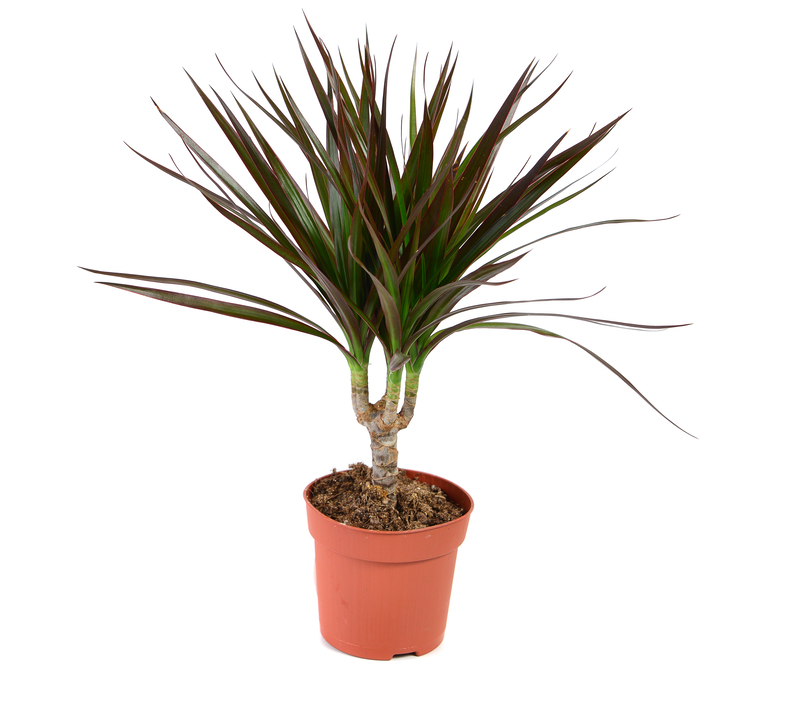Comparative Guide to Cool-Season Grasses
Posted on 28/09/2025
Comparative Guide to Cool-Season Grasses
Introduction to Cool-Season Grasses
Cool-season grasses thrive in areas with cold winters and moderate summers. They are commonly found in the northern regions and are highly adaptable to various soil types. Understanding the differences between each type can help you choose the best grass for your lawn or garden.

Types of Cool-Season Grasses
Below are the most popular types of cool-season grasses, each with unique characteristics suitable for different environments and uses.
Kentucky Bluegrass
Kentucky Bluegrass is well-known for its lush, dense appearance and is commonly used in lawns, parks, and sports fields.
- **Pros:** High disease resistance, self-repairing, and excellent aesthetic.
- **Cons:** Relatively high maintenance, prone to thatch buildup.
Perennial Ryegrass
Perennial Ryegrass is admired for its fast germination and establishment, making it a go-to for overseeding.
- **Pros:** Quick growth, excellent for erosion control, fine texture.
- **Cons:** Moderate drought tolerance, can become thin without proper care.
Fine Fescue
Fine Fescue is a collective term that includes several species like chewings fescue, hard fescue, and creeping red fescue.
- **Pros:** Low maintenance, excellent shade tolerance, disease-resistant.
- **Cons:** Thin blades, can be overwhelmed by more aggressive grasses.
Tall Fescue
Tall Fescue is known for its deep root system, making it hardy and drought-tolerant.
- **Pros:** High drought tolerance, strong disease resistance, low maintenance.
- **Cons:** Coarser texture, slower establishment.
Pros and Cons of Cool-Season Grasses
Pros
- **Adaptability:** Suitable for various soil types and climates.
- **Year-Round Green:** Remain green longer into the fall and begin growing early in the spring.
- **Resilience:** Many types offer excellent wear tolerance and recovery rates.
Cons
- **Maintenance:** Some varieties require high maintenance and regular watering.
- **Thatch Buildup:** Prone to thatch, necessitating frequent dethatching.
- **Growth Cycle:** Growth can slow or stop in extreme heat.
Tips for Planting and Maintaining Cool-Season Grasses
1. **Soil Preparation:** Test and adjust your soil pH to be between 6.0 and 7.0.
2. **Seeding Time:** The best time for seeding is early fall or spring when the soil is still warm.
3. **Watering:** Water deeply and infrequently to encourage deep root growth.
4. **Mowing:** Keep your lawn at the recommended height for each grass type.
5. **Fertilization:** Use a balanced fertilizer in the fall and a lighter one in the spring.

Key Takeaways
- **Choose Wisely:** Each type of cool-season grass has its own set of attributes and requirements.
- **Maintenance:** Efficient care involves proper watering, mowing, and fertilization.
- **Adaptation:** These grasses thrive in cooler climates and are generally adaptable to various soil conditions.
Conclusion
Choosing the right cool-season grass largely depends on your specific needs and environmental conditions. Whether you prioritize aesthetics, low maintenance, or resilience, there's a cool-season grass that fits your requirements. Proper care and maintenance will ensure your lawn remains lush and healthy year-round.
Now that you have this comparative guide, you can make an informed decision for your next lawn project. Remember to follow the recommended tips to achieve the best results.



